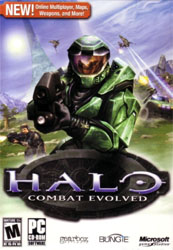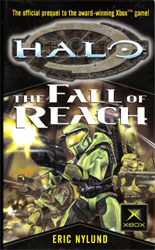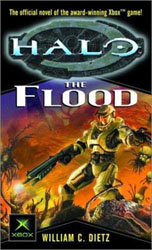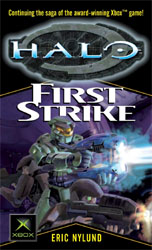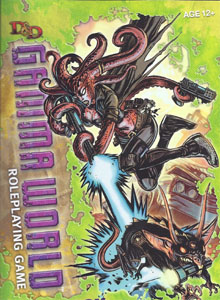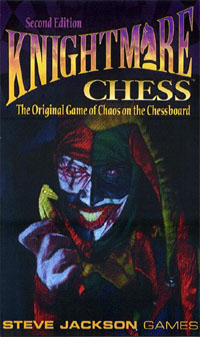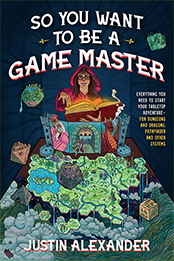Tagline: Wizards of the Coast and the Bourbaki card game design team strike again in this surprisingly fascinating and addictive card game, the first in a line of non-collectible games meant to provide competition with games like Uno and Skip-Bo.
Thirteen years later, Twitch remains one of my favorite card games. My review speaks highly of it, but a game with that kind of staying power deserves special attention. Sadly, it is long out of print and virtually unattainable as I write this. If you get a chance, though, I recommend you grab a copy ASAP.
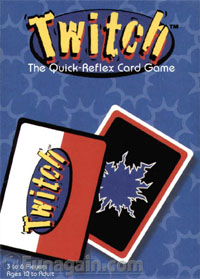 The premise of the game is simple: Someone plays a card. The cards tells you who goes next. If it’s you, you’ve got to play another card before someone challenges you and you have to take the entire stack of cards. If it’s not you, you’ve got to figure out who it is and challenge them before they can play. Be careful, if you play or challenge wrong you’ll end up taking those cards.
The premise of the game is simple: Someone plays a card. The cards tells you who goes next. If it’s you, you’ve got to play another card before someone challenges you and you have to take the entire stack of cards. If it’s not you, you’ve got to figure out who it is and challenge them before they can play. Be careful, if you play or challenge wrong you’ll end up taking those cards.
Simple, right? Right.
Until you start playing the game, that is. Then what seems so simple on the surface suddenly seems to be the most complicated thing you’ve ever done.
The basic game centers around eight different cards. The four basic cards are Left, Right, 2 Left and 2 Right. These cards tell you who goes next (the player to your left, your right, two seats to your left, and two seats to your right – respectively). In addition the card Ditto means that the last card’s effect is repeated, the card Back At Ya! sends the turn back to the last player to play a card. The last trick is that all players are given a color card, and a duplicate of this card is place in the play deck. When that color card is played the person to who it belongs must play next. Finally there are the challenge cards – these cards are keyed to the colors of the players. If a player is too slow or if they make a mistake, you can challenge them with the challenge card corresponding to their color.
The name of the game is speed, and once you’re into the heat of the chase you’re going to find that these simple rules are more than challenge enough.
Now let’s take another step, into the Advanced Game. At this point we add three more cards: Pick a Color, Rotate Colors, and Left to Right. These are called “Pause Cards”, when they are played gameplay temporarily stops while their results are gauged. Pick a Color means that the person who just played the card picks the color of another player, and then that player plays a card (resuming play). Rotate colors means that everyone takes their color card (indicating what color they are) and hand them to the player on their left – this causes confusion regarding what color to use to challenge which players and what color you are when the color cards come up during gameplay. Finally, Left to Right means that all cards referring to a particular direction mean exactly the opposite – left means right and right means left. Conveniently there are exactly two of these cards, meaning that once play is reversed, it will eventually turn back the other way.
Twitch is the first in a line of games Wizards of the Coast is producing in order to apparently attempt to compete with traditional family games. On the strength of this product I intend to go out of my way to also purchase Pivot, Alpha Blitz, and GoWild! — the other products in this line-up.
At seven bucks you can’t lose with this game. It won’t be put on the shelf next to your Magic cards or your Doomtown cards, but I think it more than amply deserves a place alongside such classic games as Uno and Skip-Bo.
Style: 4
Substance: 5
Author: Richard Garfield, Skaff Elias, Jim Lin, and Dave Pettey
Company/Publisher: Wizards of the Coast
Cost: $6.95
Page count: n/a
ISBN: 1-57530-581-X
Originally Posted: 1998/05/30

